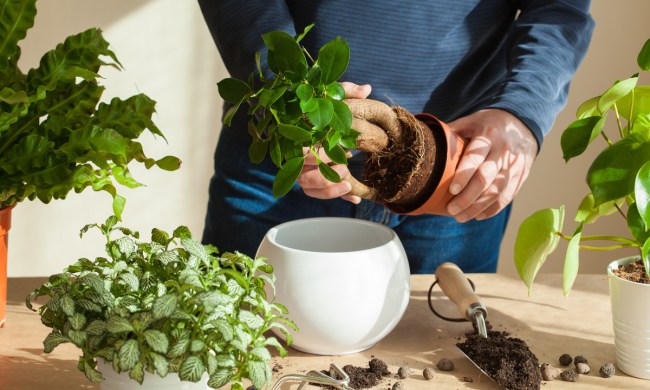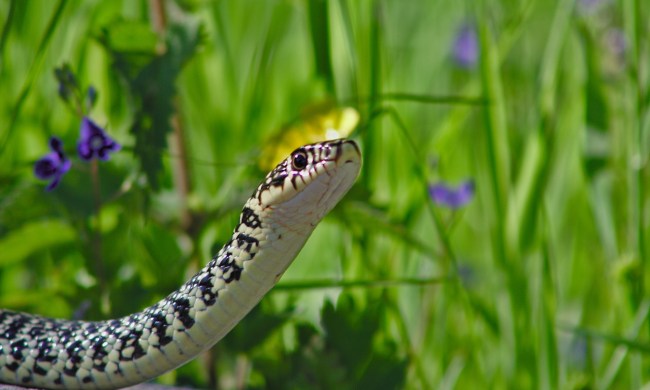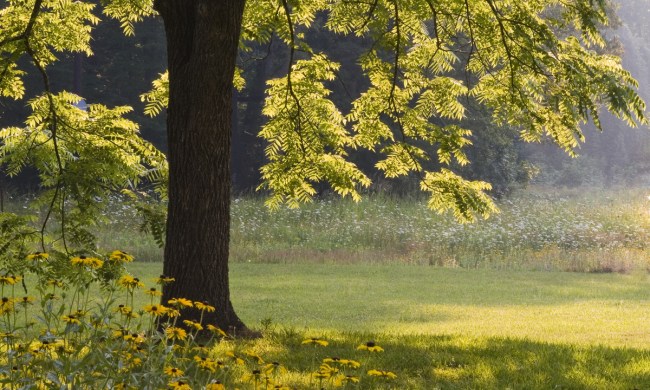If you just found out that you’re a resident of climate zone 7, you’re probably wondering what that means for your home garden. With cool winters and long summers, this region can be a paradise for all your favorite greens with some planning and care. How can you tell if your plant will last here? Ahead, we go over everything you need to know about climate zone 7, from where it is to what kind of flowers, trees, and vegetables thrive in it.
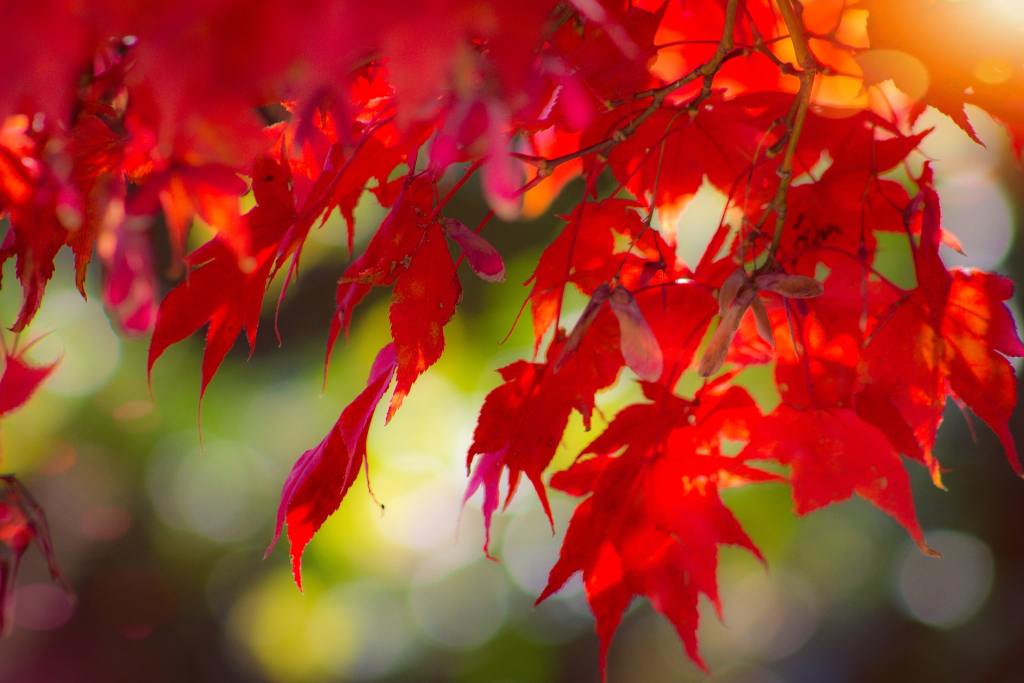
Where is climate zone 7?
Before we dive into the specifics of climate zone 7, let’s first talk about what a climate zone is. A climate zone is one of the regions denoted by the USDA Plant Hardiness Zone Map, which divides the country into 13 areas based on annual minimum temperature ranges. Temperature isn’t the sole defining factor for whether or not a plant will survive in a region, but it’s a pretty important one. Often, plant and seed labels at nurseries will indicate a zone range in which a plant is perennial—meaning that it’ll last over one growing season there.
The average minimum temperature in zone 7 falls between 0 and 10 degrees Fahrenheit. Growers in zone 7 experience cool winters and warm, humid summers. With that in mind, it’s a region with many microclimates—you’ve got everything from Oklahoma prairies to Oregon forests. In general, many zone 7 perennial plants can adjust to their specific environments with extra support. Though it encompasses 15 states, zone 7 mainly covers:
- New Mexico
- Texas
- Oklahoma
- Arkansas
- Alabama
- Tennessee
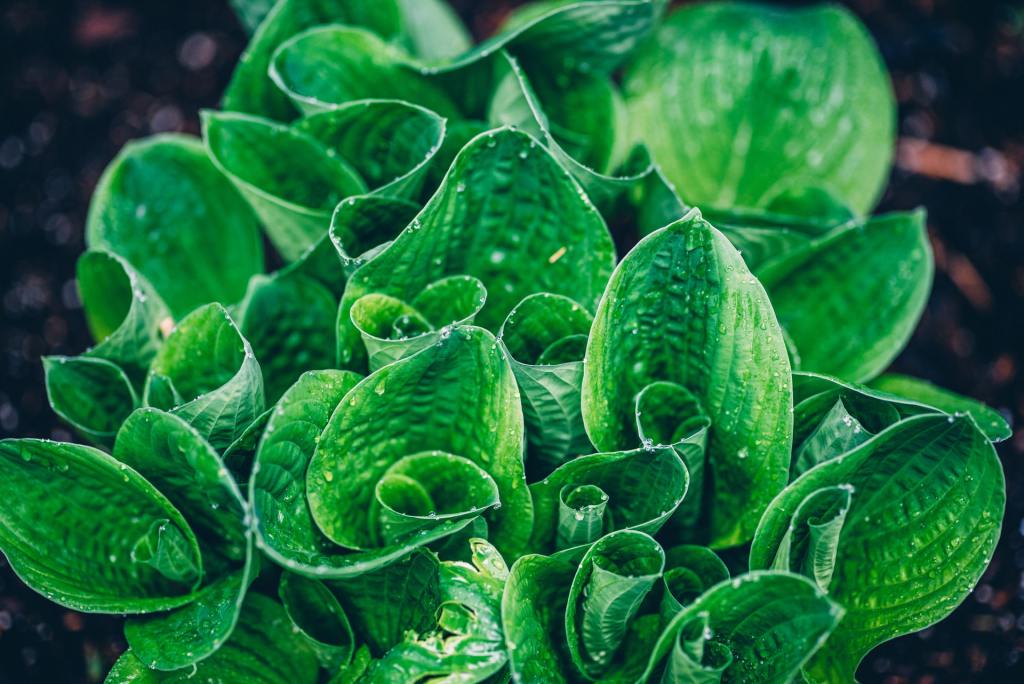
Zone 7 flowers and foliage
Zone 7 is home to many gorgeous perennial flowers, so creating a cottagecore garden is very possible. Popular picks include coneflowers, hollyhocks, and peonies. All of these flowers thrive in full sun in zone 7 summers, but hollyhocks and peonies aren’t as drought tolerant as coneflowers and may require extra mulching and watering during warm weather.
For foliage, hosta plants (which also flower) are popular picks for zone 7 gardens because of their attractive textured and patterned leaves—they can be standalone plants or used as edging near flowers and fruit trees. All you need to do is give them ample shade and well-draining soil to help them thrive. For groundcover, silvery Japanese painted ferns also make for gorgeous additions to your garden with enough shade and watering.
Zone 7 ornamental trees
Many ornamental trees can survive in zone 7 throughout the year, even during the coldest days of winter. Spruces, junipers, and firs are some evergreen trees that can thrive underneath blankets of snow. Colorful tree varieties that last in zone 7 include dogwood trees with pink and white flowers and Japanese maple trees with stunning red foliage.
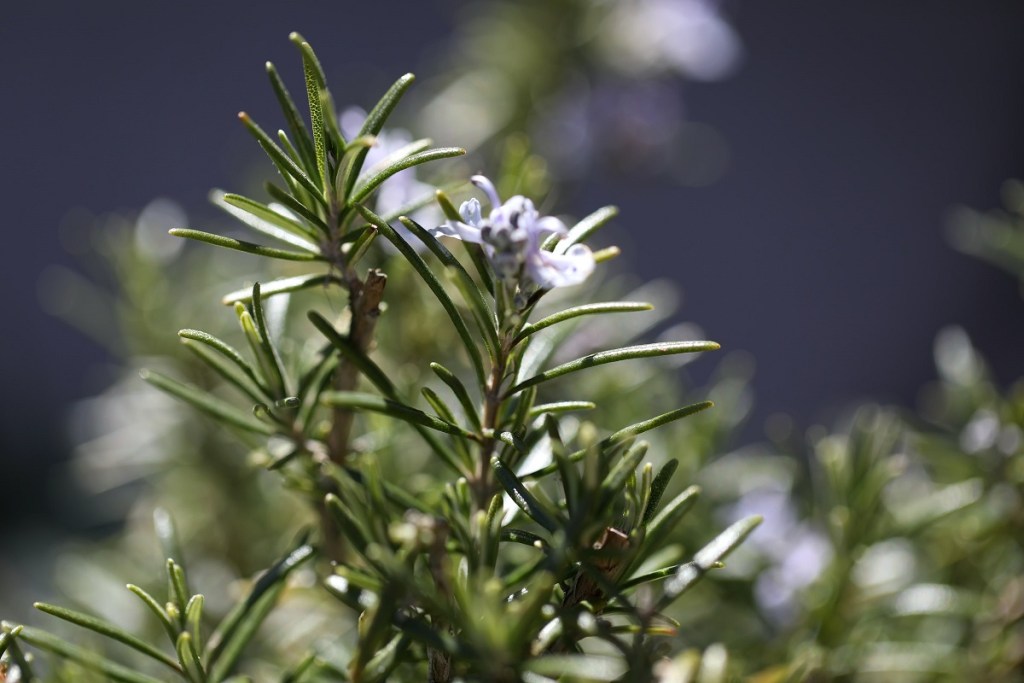
Zone 7 fruits and vegetables
Zone 7’s cool winters and long summers make it ideal for many fruit trees. Fruits that flourish in this region include apples, figs, pears, and apricots. Citrus trees usually can’t handle the cold temperatures during zone 7 winters, but tracking down hardy varieties can change this. Kumquat, trifoliate orange, and tangelo trees can often grow successfully in zone 7. Mulching your tree, wrapping it with a blanket, and keeping it in a container to overwinter indoors are helpful steps to ensure its survival.
With cool transitional periods and extended growing seasons, zone 7 offers a welcoming environment for vegetables to do well. Asparagus, broccoli, carrots, celery, and kale are some veggies that can thrive in this region. When it comes to herbs, mint, parsley, basil, and thyme can also be quite hardy in zone 7. Rosemary is another herb that does well in zone 7, granted that you select hardy varieties—varieties that can survive outside in this region include “Hill Hardy” and “Arp.” If winters become too cold, you can cover your plants with row covers or mulch them; otherwise, you can overwinter them indoors.
Growing seeds in zone 7
In zone 7, the last frost usually falls in mid-April, and the first frost starts in mid-October. If you have crops in early spring and late fall, frost blankets and row covers can help tender plants survive. For late spring and mid-summer crops, you can start your seeds indoors around the beginning of March before you bring them outside.
Though you may encounter chilly winters in zone 7, it’s still a region where flowers, fruits, vegetables, and trees can adapt to and thrive in mild transitional seasons and long summers. When it becomes chilly in the winter, there are proactive steps to protect your foliage. As long as you consider hardy plant varieties and take measures to keep them safe in cold weather, you’ll be able to build a lush and productive paradise in your zone 7 garden.

